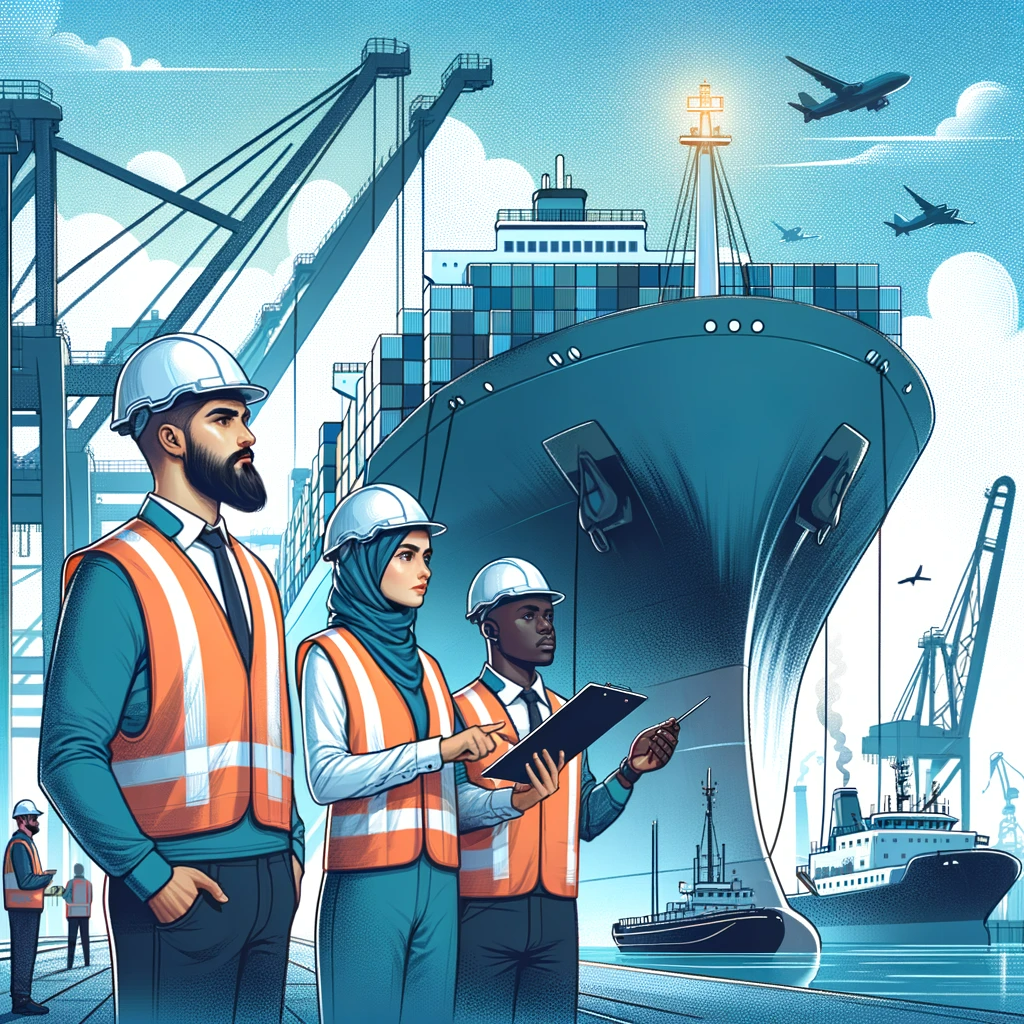

Navigating Vessel Inspection: A Comprehensive Guide for the Modern Mariner
In the vast expanse of the maritime industry, the safety and well-being of vessels play a pivotal role. Whether you’re a seasoned shipowner, a diligent operator, or an inquisitive charterer, understanding the nuances of vessel inspection is key. With the backdrop of CharterShip, this guide will help demystify vessel inspections, sprinkled with actionable tips and real-world examples.
Understanding Vessel Inspection:
At its core, a vessel inspection is much like a doctor’s check-up but for ships. It’s a detailed, systematic evaluation of a ship’s health, considering its machinery, overall condition, safety gear, and even its paperwork. Here’s a closer look:
The Role of International Regulations:
Vessel inspections aren’t arbitrary. They’re guided by Class Societies such as BV, LR, ABS, and DNV- as well as by international watchdogs like the International Maritime Organization (IMO). Through conventions like SOLAS and MARPOL, the IMO ensures ships globally abide by safety and environmental norms.
Example: Think of SOLAS as the maritime industry’s health code. It ensures every vessel, much like a restaurant, maintains specific standards to ensure everyone’s safety.
The Different Flavors of Vessel Inspections:
Just as cars have varying levels of inspections, vessels too have their categories:
- Flag State Inspection: Imagine a state’s DMV check for cars; this is its maritime counterpart, ensuring ships comply with their registered country’s rules.
- Port State Control Inspection: This is akin to a random traffic stop, where port authorities can check visiting ships for compliance.
- Class Surveys: Think of these as specialized inspections, where experts assess a ship’s structural health, almost like taking your car to a mechanic for a thorough check.
- P&I Club Surveys: These are risk assessments, much like how insurance adjusters assess a property before insuring it.
Tips for Acing Your Vessel Inspection:
- Be Prepared: Just as you’d have your ID ready during a traffic stop, ensure your ship’s documents and certificates are current and at hand.
- Safety First: Regularly check safety tools like life rafts and fire extinguishers. It’s not just about having them but ensuring they work.
Example: Think of lifeboats as your ship’s emergency exits. Would you ever compromise on those? - Machine Health: A ship’s hull and machinery should be as fit as an athlete. Regular checks for wear and tear are essential.
- Staying Green: In today’s eco-conscious world, ships must be environmentally friendly. Adhere to regulations on waste management, emissions, and more.
- Training Matters: A ship is only as good as its crew. Ensure they’re well-trained, especially for emergencies.
Tip: Mock drills can be invaluable. Think of them as fire drills, preparing the crew for potential real-life scenarios. - Embrace Port State Control (PSC): PSCs aren’t just routine checks; they’re like quality certifications. Being compliant ensures smoother port visits and can enhance a ship’s reputation.
Tip: It’s like being part of an exclusive club where ships meet global standards. Non-compliance isn’t just about fines; it can tarnish a ship’s reputation.
In Conclusion:
Vessel inspection isn’t mere protocol; it’s a commitment to excellence, safety, and global cooperation. By embracing international standards and maintaining ship health, we not only ensure smoother voyages but also contribute to a safer, greener maritime industry. With platforms like CharterShip offering guidance and support, navigating the world of vessel inspections has never been easier. Remember, in the vast ocean of maritime operations, safety and diligence are our guiding stars
Add a comment Cancel reply
Comments (0)
Related posts


LNG Tanker Valuation: What Influences the Sale Price?

Buy and Sell Offshore Vessels






